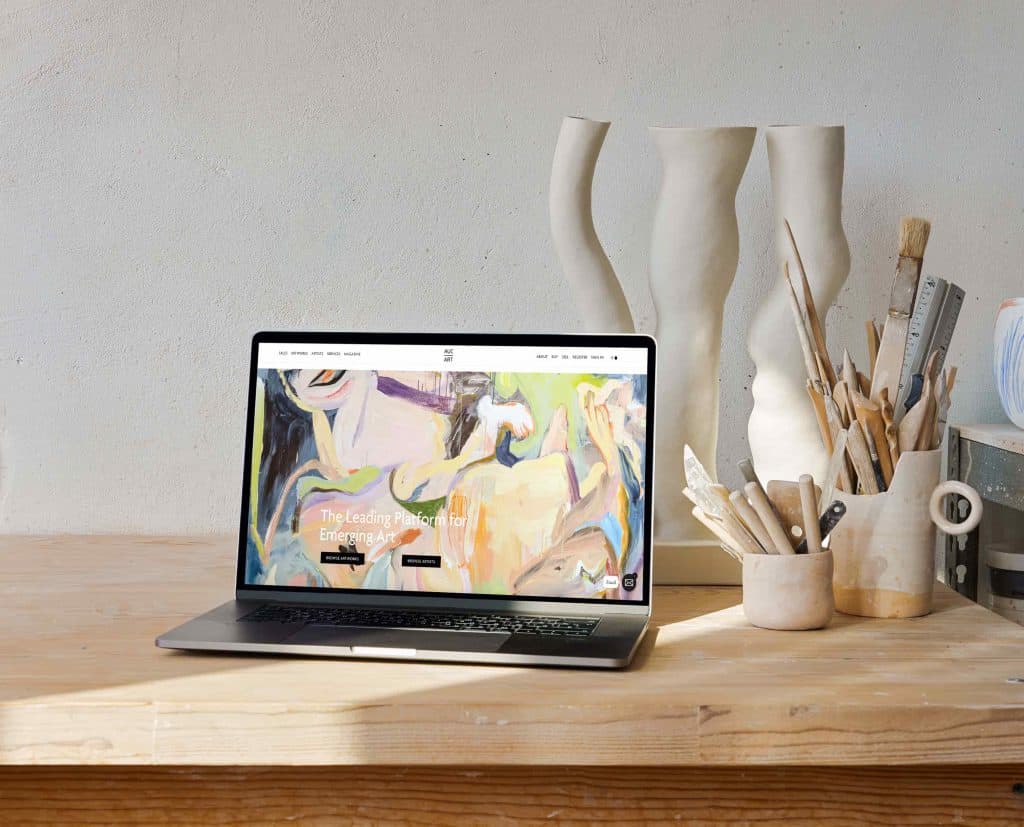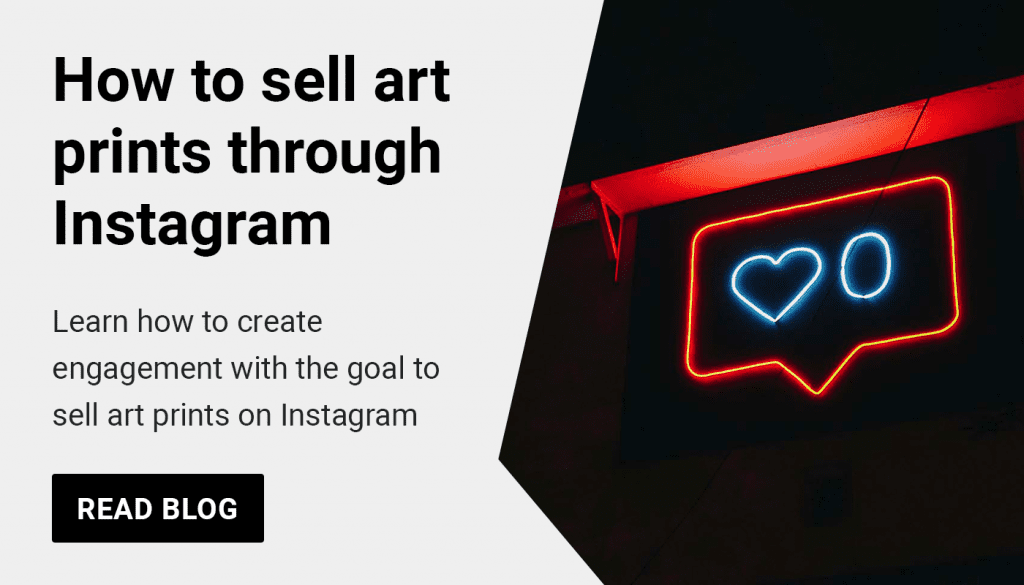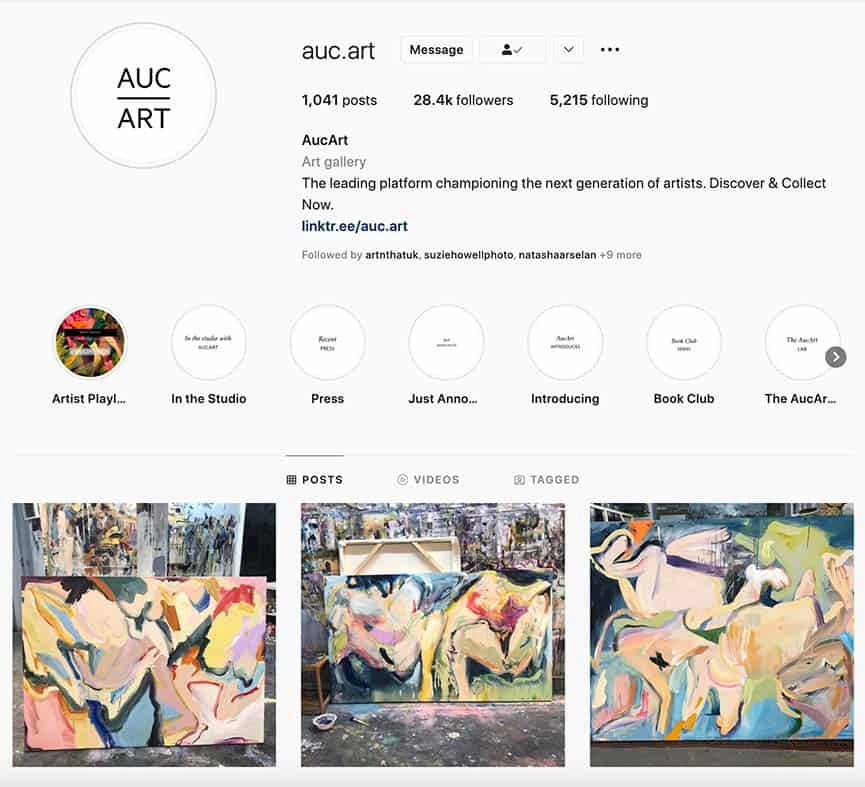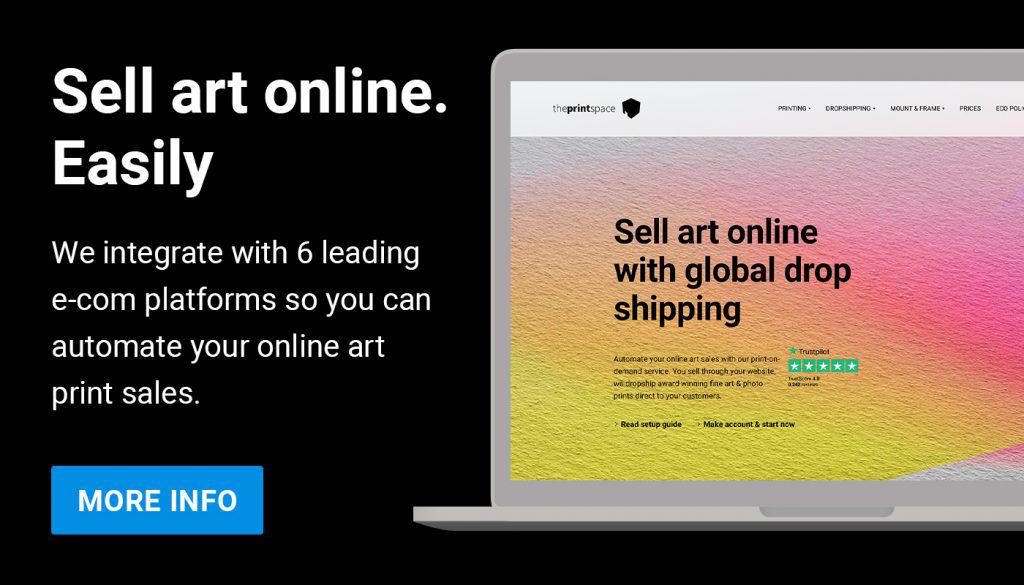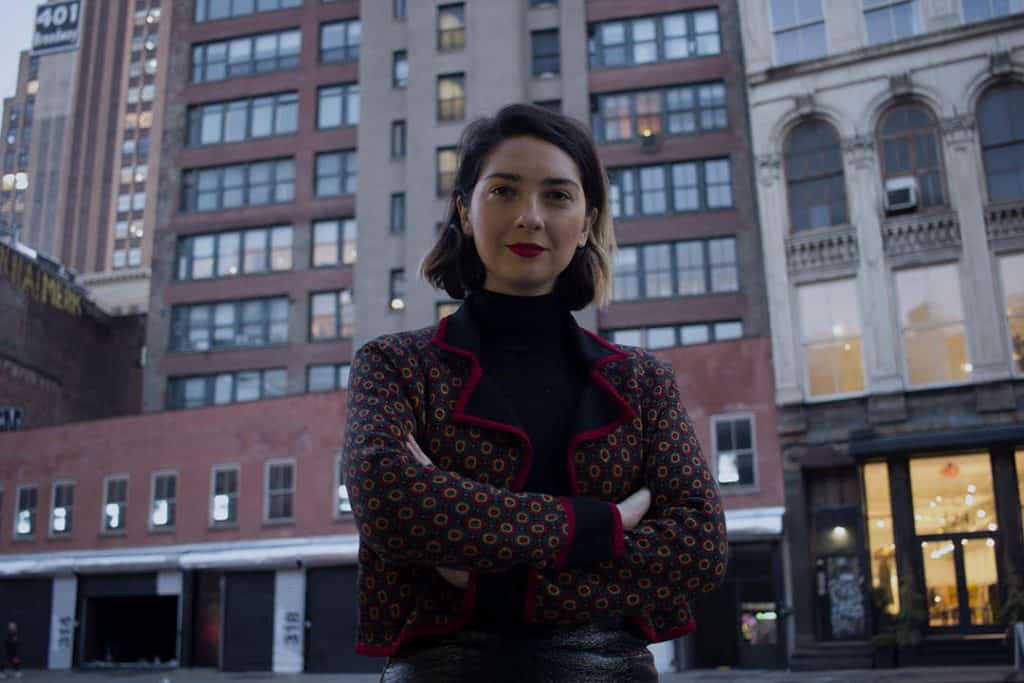
Tell us about your career and AucArt, what’s the premise?
AucArt is the world’s first online auction house for recent graduate artists. We work with early career artists from their final years of BA’s and MFA’s up until 3 years after they have graduated. My background is quite varied, I kind of dabbled in different areas really. I worked for a gallery, I worked for an online art Ecom startup, I curate freelance, I write too, so a little bit of art journalism. I kind of realised I don’t like anything that exists (laughs), so I basically took everything I hated about the art world and then built my own model based on existing models that I was happy working within.
What were your objectives with AucArt and why strictly online?
The company itself was born from two issues I wanted to solve:
(1) I wanted to build a personal art collection of potential value; (2) I wanted to discover brand new artists. But, I didn’t have the funds to
go directly to a gallery and buy something from someone emerging. So one day a CSM student who I had worked with previously on a show called me and said, “I’ve got no money for my MFA project, so can you come down to the studio and buy a work?” and I was like, “ummm, ok!” as you do.
Anyway, I bought a work and he went on to do really well, and I thought “shit, this is really cool, why can’t everyone do this?” I’ve now got this amazing artwork by this artist I have been following from the beginning of his career, who I actually care about. It’s more than just a piece of art though, it’s an interest because you follow them, you follow their career, and you know it’s also a great investment. I’ve invested emotionally in every way.
“The reason I chose to do it online was because I figured I could reach the widest audience, and I wouldn’t have to be stuck in a space”
The other thing that got the ball rolling was that one day at uni we were discussing alternatives to artist grants, and that got me questioning ecosystems, like “how can an artist support themselves without just relying on grants?” So those two things combined, and after months of writing down ideas on various bits of paper, AucArt happened. The reason I chose to do it online was because I figured I could reach the widest audience, and I wouldn’t have to be stuck in a space. It just kind of made sense, I would rather spend that money on building a new technology than rent on a space.
What were the key challenges you faced in setting up AucArt?
I think the art world is really behind in many aspects, and I think the whole digital art world is too new for a lot of people. Customers will sometimes say “no I don’t want to buy this work unless I see it in the flesh” which of course defeats the point of being online. I feel like in terms of validation, people seem so stuck to these old structures and models, you know they sometimes think “if it’s not a gallery then it’s not as good or it’s not as valid”, but this is just a mindset. Even artists if they see something online sometimes they think it’s not a gallery but fail to appreciate there is a much wider reach.
I think also, despite saying I’d rather invest in technology over a space, tech is very expensive, and people seem to think I’m saving money by not having a space when in fact I’m really not, it’s all going into building a sustainable model online.
It’s like building a house, if you get it wrong you can easily go way over budget. These things are an ongoing challenge. Also, managing a tech team without having a technical background. I had sleepless nights for sure.
What are the most effective things you have done to promote AucArt online?
Social media, in particular Instagram. That has really helped grow the business. We post a range of things but started with things like takeovers, so getting art world insiders to take over the account when they were at fairs we wanted to “be at”. But now, we keep it fairly consistent and post about the work that is for sale and then have a guest curator who chooses their favourite works to talk about. We are always trying different things, it’s always evolving.
“I think whenever you are building something, whether it’s online or offline, I think momentum is key”
Whilst we were building we put a landing page up saying “coming soon”, so we started to build momentum and an audience prior to launch. People were almost waiting for it which was a daunting but really exciting feeling. I think whenever you are building something, whether it’s online or offline, I think momentum is key. The way to do this is by just sharing your passion. You can use whatever tool you want for this, that can be translated, but obviously with digital it’s easier because the reach is super wide, it’s visual and also text. I think if you are excited about something, inevitably the people around you will feel excited, and then it’s a snowball effect.
What are the most successful channels for generating new buyers?
Newsletters, so our mailing list and also press, old school press. You know I spam journalists until 3am, you can quote me on that (laughs). With journalists, obviously, they have to be interested in the project, and these guys get hundreds of stories pitched every day, but as soon as they say they are interested it’s a case of push push push until they write something or feature you. I go through all the publications and pull out topics certain journalists are interested in, then it’s a case of joining the dots in terms of pitching. These days, with tools like Instagram and Twitter, you can DM them Tweet them, everything has become so accessible you know?
With the newsletters, those subscribers are the first to hear about our news, first to read our press and they get exclusive content like artwork that is not on the site. In some cases, we have sourced artwork straight from museum shows, so these clients get access to those first. Also, things like interviews, extra contextual content. An example being we are currently running an artist residency where we were given this amazing townhouse near Regents Park. We have 6 artists living and working there on a 6-week rotation. Anyway, if you have a collector account with us you can get access to the house through open house events we are running where people can come and meet the artists, have a studio tour and we’ll also be putting on artist talks.
How is price determined and is there a particular price point that sells best?
At the moment the split between auction and buy now is around 50/50. I always wanted to give clients the freedom to decide how they want to buy artwork, so artists submit a reserve price, then we either accept it or go back to them with an idea of what we think it could be, which is based on size, medium and where they are in their career. Then we set the starting bid price and the buy now price.
“I always wanted to give clients the freedom to decide how they want to buy artwork, so artists submit a reserve price, then we either accept it or go back to them with an idea of what we think it could be”
You know, if they have had a solo show already or if they are in a decent collection, the work is strong but also quite small. That would perhaps be worth more than a really large work by someone who has maybe not done very much in terms of exposure of where they are at in their career. In terms of price point, I would say around the £1000 – £1500 mark.
